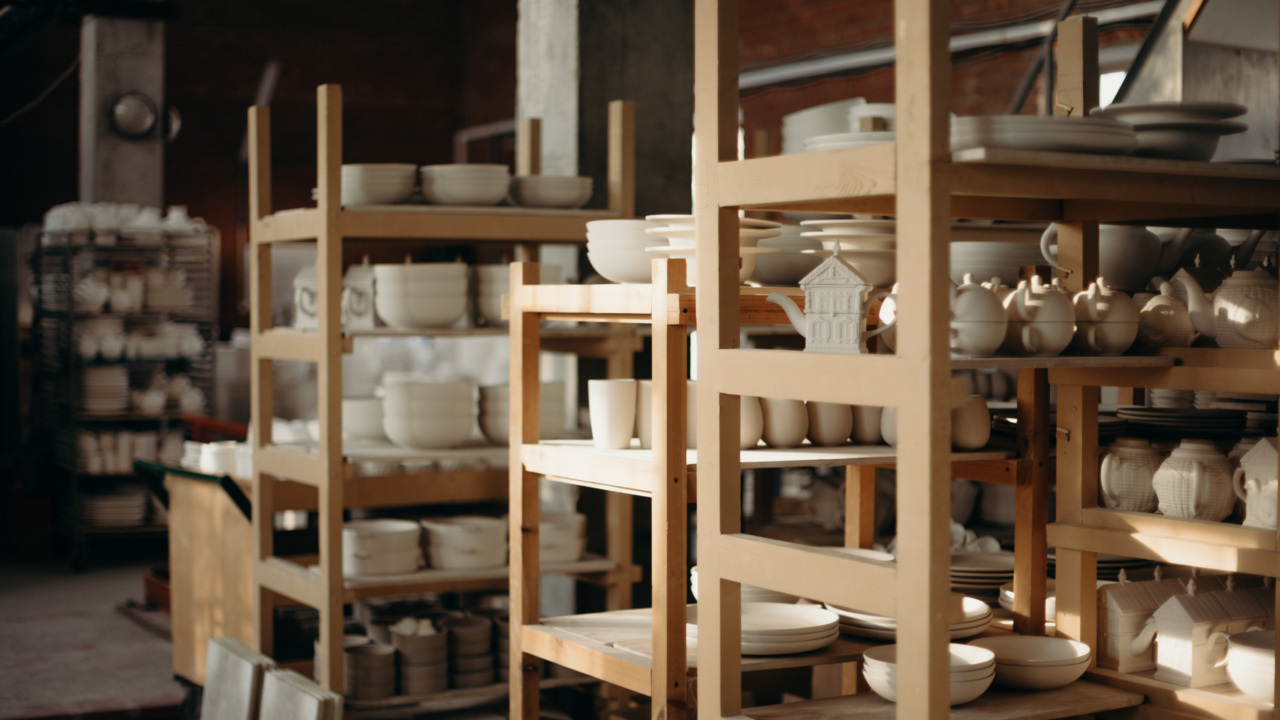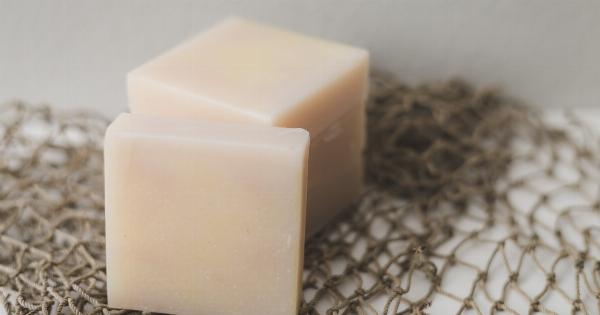Mold allergy is a common condition that affects many individuals worldwide. It occurs when a person’s immune system reacts to the presence of mold or mold spores in the environment.
Mold is a type of fungus that thrives in moist and damp areas, such as bathrooms, basements, and kitchens. When mold spores are released into the air, they can trigger allergic reactions in sensitive individuals. In this article, we will discuss the symptoms of mold allergy and explore ways to manage and prevent its effects.
Symptoms of Mold Allergy
Mold allergy symptoms can vary from person to person, but they often resemble the symptoms of other respiratory allergies. Some common symptoms include:.
- Nasal congestion: Individuals with mold allergies may experience a stuffy or runny nose, similar to a cold or sinus infection.
- Sneezing: Frequent bouts of sneezing are a common sign of mold allergy.
- Coughing: Mold allergens can irritate the throat and airways, leading to a persistent cough.
- Watery and itchy eyes: Mold spores can cause eye irritation, resulting in redness, itchiness, and excessive tearing.
- Wheezing: Mold allergy can trigger asthma symptoms in individuals who already have asthma, leading to wheezing and difficulty breathing.
- Skin rash: Some individuals may develop a skin rash or hives when exposed to mold allergens.
- Headache: Mold allergy can also cause headaches, especially if the person is exposed to a significant amount of mold for an extended period.
- Fatigue: Mold allergy can result in fatigue and a general feeling of malaise.
- Sinus pressure: Mold spores can cause inflammation and pressure in the sinuses, leading to facial pain and discomfort.
- Difficulty concentrating: Mold allergy symptoms can affect cognitive function and concentration in some individuals.
If you experience these symptoms consistently in certain environments or during specific seasons, you may have a mold allergy. It is important to consult with an allergist or immunologist for an accurate diagnosis.
Managing Mold Allergy
While complete elimination of mold allergens is nearly impossible, there are several measures you can take to manage and alleviate the symptoms of mold allergy:.
- Reduce exposure: Identify and eliminate any potential sources of mold in your environment, such as leaky pipes, damp basements, or areas with poor ventilation. Use dehumidifiers in areas prone to moisture and clean regularly to prevent mold growth.
- Wear protective gear: When cleaning areas with mold, wear a mask, gloves, and goggles to avoid direct contact with allergens.
- Use air purifiers: Consider using high-efficiency particulate air (HEPA) filters in your home, especially in bedrooms and living areas, to remove mold spores from the air.
- Keep windows closed: During high pollen or mold seasons, avoid opening windows and use air conditioning instead to filter the air.
- Regularly clean bedding and upholstery: Wash bedding, curtains, and upholstery in hot water to kill any mold spores. Vacuum carpets and furniture with a HEPA filter vacuum cleaner to remove allergens.
- Monitor humidity levels: Use a hygrometer to measure humidity levels in your home. Ideally, keep humidity below 50% to prevent mold growth.
- Take allergy medication: Over-the-counter antihistamines and nasal corticosteroids can help alleviate mold allergy symptoms. Consult with a healthcare professional for appropriate recommendations.
Preventing Mold Allergy
Prevention is key to managing mold allergy symptoms effectively. Here are some preventive measures to consider:.
- Control moisture: Regularly check for and repair any leaks or water seepage in your home. Ventilate damp areas, such as bathrooms and kitchens, to reduce moisture levels.
- Avoid high-risk environments: Avoid spending extended periods in environments known to have high mold concentrations, such as old and damp buildings or heavily wooded areas during damp seasons.
- Keep indoor areas dry: Promptly dry any water spills or leaks in your home, including carpets, furniture, and walls. Use dehumidifiers or fans to aid in the drying process.
- Regularly inspect and clean: Conduct regular inspections for mold growth in your home, particularly in areas that are prone to dampness or have previously experienced water damage.
- Monitor outdoor mold reports: During seasons with high mold counts, stay indoors when mold spore counts are highest, which is usually in the early morning or evening.
- Seek professional help: If you suspect significant mold growth or are unable to effectively control mold in your home, it may be necessary to seek professional mold remediation services.
Conclusion
Mold allergy can significantly impact the quality of life for those affected.
By understanding the symptoms, managing exposure, and taking preventive measures, individuals with mold allergies can effectively alleviate their symptoms and reduce the risk of complications. If you suspect a mold allergy, consult with a healthcare professional for appropriate diagnosis and treatment options.































